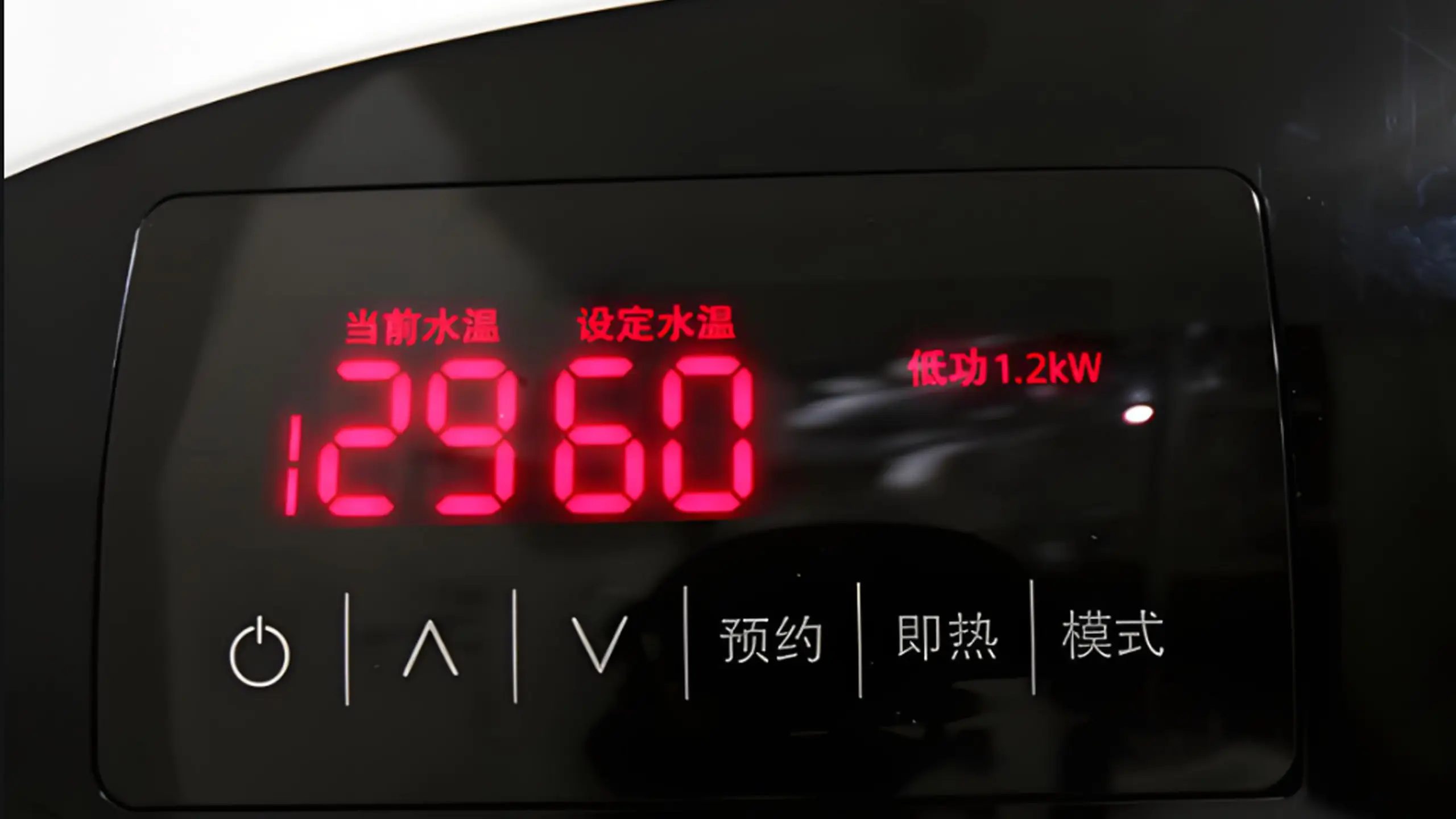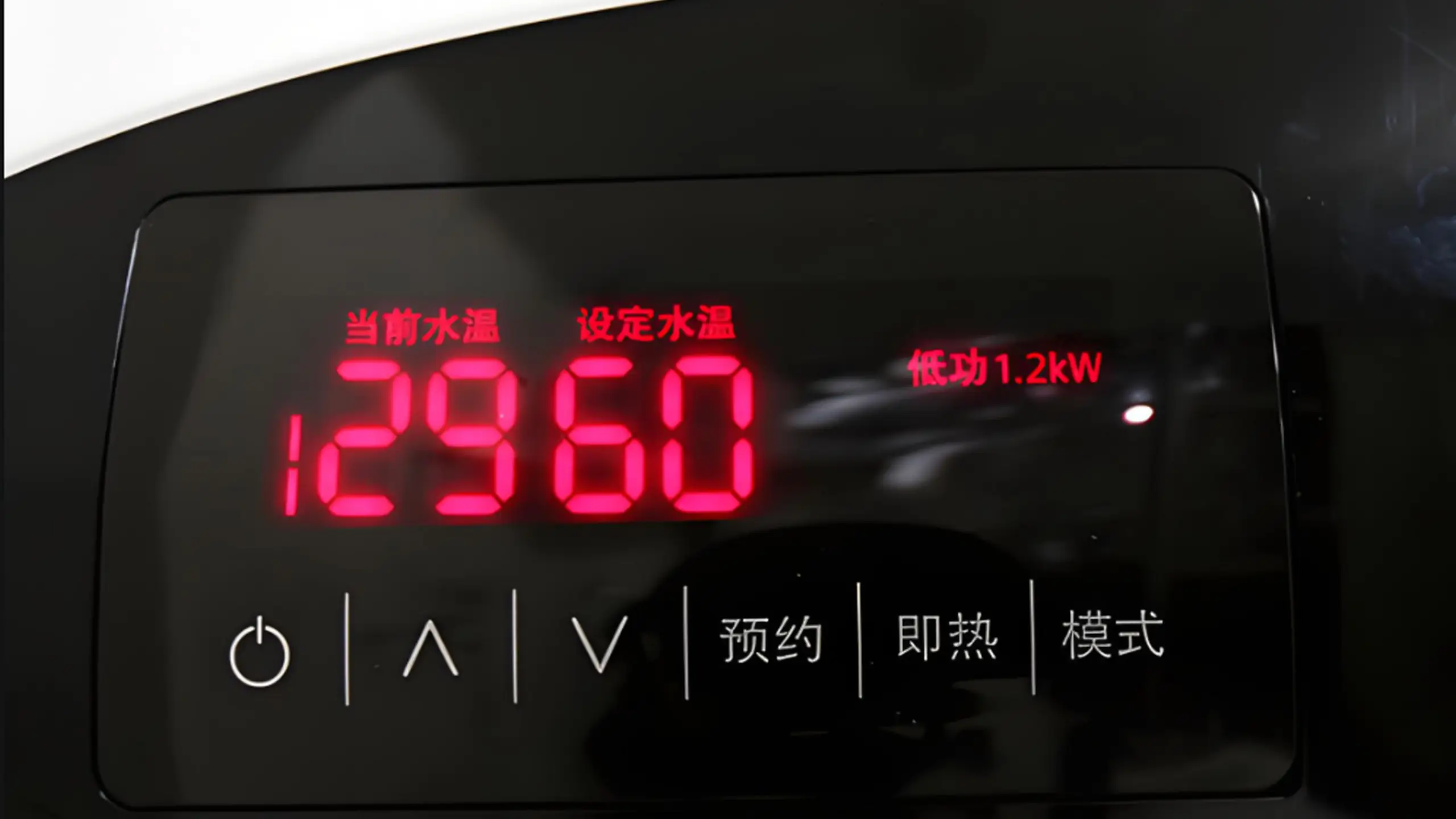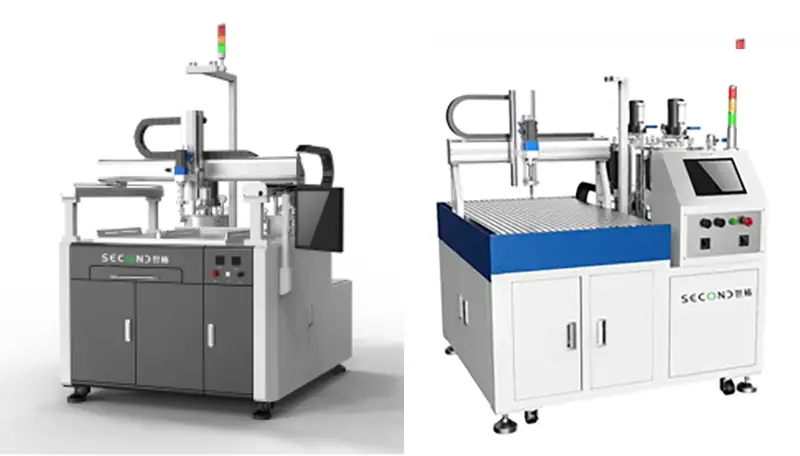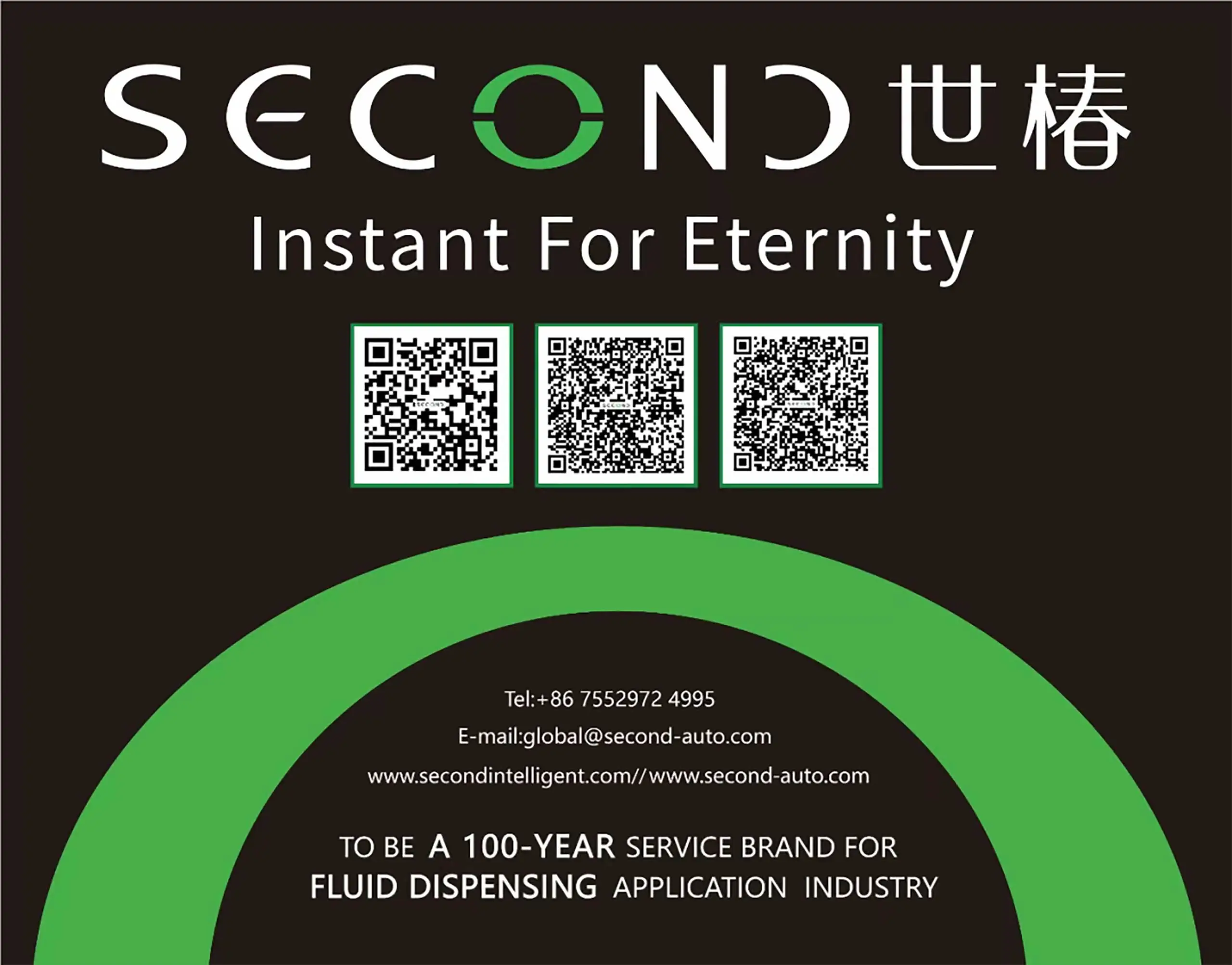Fully Automatic Glue Potting Machine in Water Heater Controller Industry
1.Application Background and Importance
The water heater controller (especially electric and high-end gas water heaters) is the “brain” of the water heater, integrating precision electronic components such as microcontrollers (MCUs), relays, capacitors, and transformers. This controller operates in very harsh environments:
● High humidity: Installed in bathrooms or kitchens, it is exposed to constant water vapor.
● Large temperature fluctuations: Self-heating and drastic changes in ambient temperature.
● Vibration: Minor vibrations caused by pumps and other equipment.
● Corrosive gases: Potting (oil fumes) and other gases that may be present in the kitchen.
To protect the core circuitry from moisture, dust, chemical corrosion, and physical vibration, and to enhance its insulation performance and long-term reliability, potting (glue injection) has become a crucial step in water heater controller production.
2. Pain Points of Traditional Manual Potting
Before the introduction of fully automated equipment, most manufacturers used manual or semi-automatic glue potting, which presented numerous problems:
a. Poor consistency: Different worker techniques resulted in uneven glue application across each controller, with some areas receiving excessive glue (waste) and others receiving insufficient glue (insufficient protection).
b. Inefficiency: Slow production cycles fail to keep pace with automated production lines, creating a production bottleneck.
c. Low yield: Air bubbles, leaks, and glue overflow can easily contaminate terminals or sensors, leading to product failure.
d. Costly: Improper glue ratios, uneven mixing, and excessive use result in significant waste of expensive electronic glue.
e.Difficult to manage: Highly dependent on worker skills, and chemicals in the glue may pose health risks.
3.Fully Automatic GluePotting machine Solution
AB fully automatic glue potting machine system perfectly addresses the aforementioned pain points through an integrated and programmable approach. A typical system includes:
● Automatic AB glue mixing potting system: Precisely controls the mixing ratio of two-component glues (such as epoxy and polyurethane).
● Dosing glue pump: Ensures a constant amount of glue is dispensed for each product.
● Multi-axis motion mechanical platform: Drives the dispensing valve along a preset path above the controller PCB.
● Vision positioning system (optional): Automatically identifies product position, corrects placement errors, and achieves high-precision dispensing.
● Vacuum degassing system (optional): Degasses the glue after mixing and before potting to ensure air bubbles are removed.
● PLC/HMI control system: Stores dispensing programs for different products and allows for one-click recall for easy operation.
Fully Automatic 3-Axis Potting Machine USA SEC-S3030B & SEC-S3030C
The work of the glue potting machine mainly depends on air pressure control. Through the air pressure device, the glue is pressed out by pressure, and the size of the glue is controlled by the pump body. At the same time, the robotic arm is responsible for controlling the moving position of the glue discharge to achieve fully automated operation. This automated operation not only solves the problem of low labor efficiency, but also greatly improves the quality of production.
4.Specific Application Process for Water Heater Controllers
Take a typical electric water heater controller PCB as an example:
a. Loading: The assembled PCB is fed into the glue dispensing machine jig by an assembly line or robotic arm.
b. Positioning and Fixing: The jig precisely positions and clamps the PCB, ensuring the correct glue dispensing area.
c. Automatic Glue Dispensing:
● The device reads the product code or is triggered by a sensor to invoke the corresponding glue dispensing program.
● The robotic arm drives the dispensing valve from a preset starting point, moving in a zigzag or zigzag pattern along the component outline on the PCB, evenly filling the housing with the mixed glue.
● For components with uneven heights, the system automatically raises and lowers the Z axis to ensure the optimal distance between the glue valve and the dispensing surface.
d. Leveling and Curing: After glue dispensing is complete, the product is conveyed to the curing line, where the glue naturally levels and cures at room temperature or under heating, forming a tough protective layer.
e. Unloading and testing: After curing, the product is automatically unloaded and the electrical performance test is carried out to ensure that the filling process has no impact on the product function.
5. Core Valuesof Using a Fully Automatic Glue Dispensing Machine
● Improved Quality:
100% Consistency: Programmed operation ensures consistent glue quantity, path, and thickness for every product.
Enhanced Reliability: Bubble-free, full-coverage potting significantly extends the lifespan of the controller in harsh environments.
Clean Appearance: No glue overflow or stringing, ensuring high-quality product appearance.
● Efficiency and Cost Optimization:
50%-200% Efficiency Improvement: Enables continuous, uninterrupted production with a stable cycle time, significantly increasing production capacity.
15%-30% Glue Saving: Accurate metering eliminates waste.
Reduced Labor Costs: One machine can replace two to three skilled workers, reducing reliance on skilled workers.
● Optimized Production Management:
Traceability: All dispensing parameters (time, glue quantity, batch size) are recorded for easy quality traceability.
Quick Model Changeover: Switching between different controller models requires only calling up a different program on the HMI, minimizing line changeover time.
Improving the Work Environment: Freeing workers from hazardous chemical fumes and repetitive labor.
Typical Customer Case (fictional, but based on real-world scenarios)
● Customer Name: Electric water heater production plant of a well-known home appliance brand, “Thermo Cube”
● Pain Point:
Their flagship smart water heater controller suffered from a high after-sales return rate of 3% due to poor manual glue filling.
The production cycle was slow, with a daily production capacity of only 2,000 units, failing to meet peak market demand.
Glue waste was severe, resulting in annual losses exceeding 200,000 yuan.
● Solution:
Introduced a desktop, three-axis, fully automatic, vision-based glue filling machine equipped with a high-precision gear pump and a static mixer.
● Implementation Results:
Product Yield: The first-pass pass rate for the glue filling process increased from 95% to 99.8%, and the overall controller return rate dropped to below 0.5%.
Production Efficiency: The glue filling cycle was reduced from 90 seconds per unit to 35 seconds per unit, increasing daily production capacity to 5,000 units.
Cost Savings: Improved glue utilization reduces glue costs by approximately 180,000 yuan annually.
Return on Investment: The equipment investment was recovered within 14 months through reduced labor and material costs.
Summary
The application of fully automatic glue dispensing machines in the water heater controller industry exemplifies the trend toward automation, intelligence, and high quality in home appliance manufacturing. It’s more than just a machine that replaces manual labor; it’s a systematic solution that ensures core product reliability and enhances a company’s overall competitiveness. As safety and durability requirements for home appliances continue to rise, fully automatic glue dispensing has become a standard feature on the production lines of mainstream water heater manufacturers.
Second Intelligent has played an important role in theresearch, development, manufacturing, pre-sales and after-sales services of fluid dispensing robot, potting and coating solutions which range from various types of automatic fluid dispensing, potting, two-component potting machines and coating machines with desktop, free-standing, inline or cobot combined systems, and widely used in global electrical, electronics, home appliances, automobile, telecom, pharmaceutical, automotive electronics, semiconductor, aerospace, LED and more.




